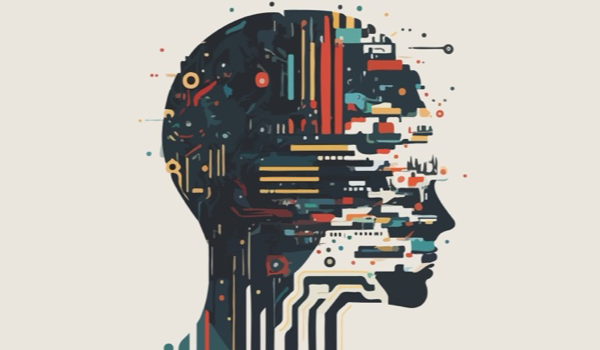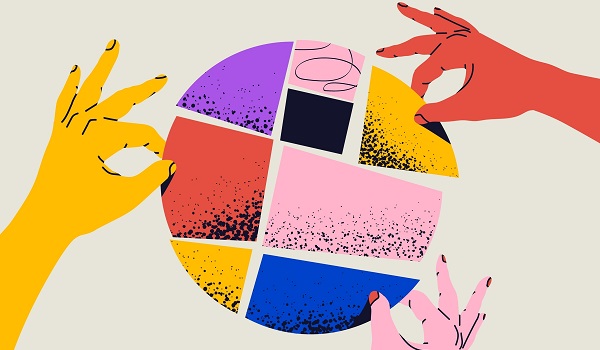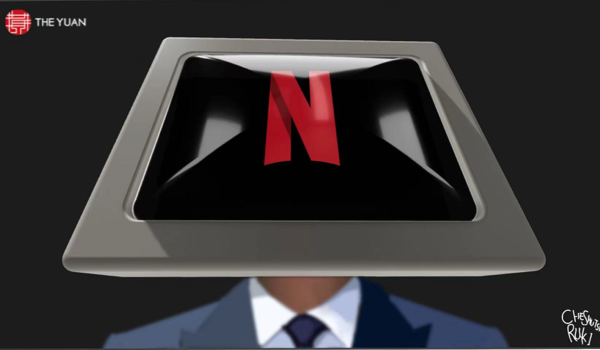


LONDON - Healthtech refers to the application of technology, information, and data analytics to improve healthcare delivery, enhance patient outcomes, and streamline various aspects of the healthcare industry. It is a rapidly growing field that leverages advancements in tech and data science to address challenges and improve efficiency within the sector.
This encompasses a wide range of technologies and solutions used by providers, patients, and other stakeholders in the ecosystem. Specific examples of healthtech include mobile health apps, wearable devices - such as smartwatches - virtual coaching, and other digital platforms that facilitate people’s engagement with their own health.
Health policies and strategies in place around the world strongly emphasize the use of these technologies to prevent disease and improve public health, while also addressing health disparities. Embracing healthy lifestyles - such as abstaining from smoking, adhering to alcohol guidelines, maintaining a healthy weight, engaging in regular physical activity, and consuming a nutritious diet - is key to preventing a multitude of chronic illnesses. By crafting healthtech-driven solutions that encourage widespread adoption of these behaviors, it will become easier to enhance people's overall quality of life and improve their wellbeing.
However, despite the constant innovation taking place within the industry, when one looks beyond the headlines, the reality is that for society’s most vulnerable groups - which include older people, those from minority ethnic backgrounds, and refugees - levels of accessibility are too low and digital exclusion too high. More must be done when designing healthtech to ensure it is as inclusive as possible. To achieve this, the following are some measures that should be considered.
Keep all users in mind
Healthtech plat
The content herein is subject to copyright by The Yuan. All rights reserved. The content of the services is owned or licensed to The Yuan. Such content from The Yuan may be shared and reprinted but must clearly identify The Yuan as its original source. Content from a third-party copyright holder identified in the copyright notice contained in such third party’s content appearing in The Yuan must likewise be clearly labeled as such. Continue with Linkedin
Continue with Linkedin
 Continue with Google
Continue with Google









 1470 views
1470 views








